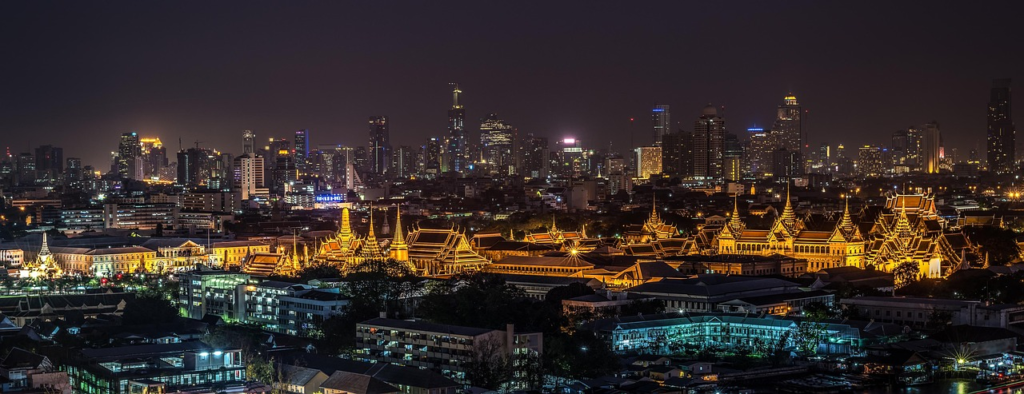Clashes between Cambodia and Thailand led to concern. According to multiple sources including the BBC and CNN, fighting at the borders of the two countries started on Thursday but Thailand and Cambodia each are accusing the other of firing the first shots of the conflict. Clashes have in the meantime spread to 12 border points of the two countries in Southeast Asian that share approximately 817 kilometers of joint borders. Cashes have so far killed more than 30 and led to the displacement of more than 200000 people. But it remains unclear— though the border clash has been going on for several days — whether it will end soon between the members of the Association of Southeast Asian Nations.
But the possibility of a full-fledged war between the parties is probably low from the ongoing border clashes, which ramped up in May after a Cambodian soldier was killed in a clash that plunged bilateral ties to their lowest point since the 2011 border clash. This is because of several reasons including the strong economic interdependence, which they maintained despite tensions over border disputes, growing calls from the leaders of different countries including the United States, China and Malaysia to end clashes and the growing desire of the parties to avoid further destabilization. But there are territorial disputes and other reasons that not only led to the clashes between the two parties but also may fuel them if they remain unaddressed.
Border disputes and political opportunism, with political leaders using nationalist rhetoric to deflect from domestic issues, can worsen the situation. Pertinently saying, the long-running border disputes, which date back to 1907, especially when the borders of Thailand and Cambodia were drawn during the French occupation of Cambodia. But the relationship became hostile in 2008, especially when Cambodia made efforts to register the disputed Preah Vihear Temple, rendered a 11th-century temple situated at the disputed area, as a UNESCO World Heritage Site. This led to protests from Thailand and contributed to border clashes in 2008 and subsequently over the years. But the situation may worsen in the absence of any convincing peace initiative.

Dhaka Opinion Magazine is a global/international opinion magazine. It publishes for you all. The magazine publishes with the aim to help address concerns, improve conditions, solve problems and mitigate conflicts all over the world. Your support is important for the esteemed magazine. You can sponsor the magazine and/or donate to it…
But, moreover, there are several developments that may contribute to further escalation between the two parties. Feuds between two former friends and dynasties (such as Hun Sen and Thaksin Shinawatra) and growing moves for the use of heavy weapons are to be specially noted here. Pertinently saying, along with the use of cluster bombs, heavy military equipment is being gathered at the borders by the two parties, increasing the chance of escalation. Though there is no confirmation from the party, Phumtham Wechayachai, the acting Prime Minister of Thailand, accused Cambodia of using cluster bombs. More importantly, the leaders of the parties especially Thailand’s leader have warned that border clashes between Thailand and Cambodia can move towards war.
But peace initiatives need to be taken. Pertinently saying, Cambodia has in the meantime called for a ceasefire, while Thailand has agreed in principle to a ceasefire. But the third-party mediation may be challenging. The spokesperson of the Thai Foreign Ministry Nikorndej Balankura said the situation must be solved through bilateral means, not third-party mediation. Both countries have generally shown a capacity to de-escalate tensions and avoid prolonged armed conflict. But the role of the third parties especially the United States, the ASEAN or China, which has good ties with Thailand and Cambodia, may be helpful — provided that the two parties fail to reach an immediate ceasefire.
But it remains unclear whether and how much the clashes will be ended without a formal ceasefire between the two parties. Despite many clashes along the borders and ongoing discussions and agreements in principle, there is no formal ceasefire agreement. The formal ceasefire may be more helpful in reducing the chance of further clashes. Strengthening bilateral diplomatic channels can also be helpful. But the intentions of the parties for a formal ceasefire deal are vital.
Amir M Sayem
Chief Editor
Dhaka Opinion Magazine

